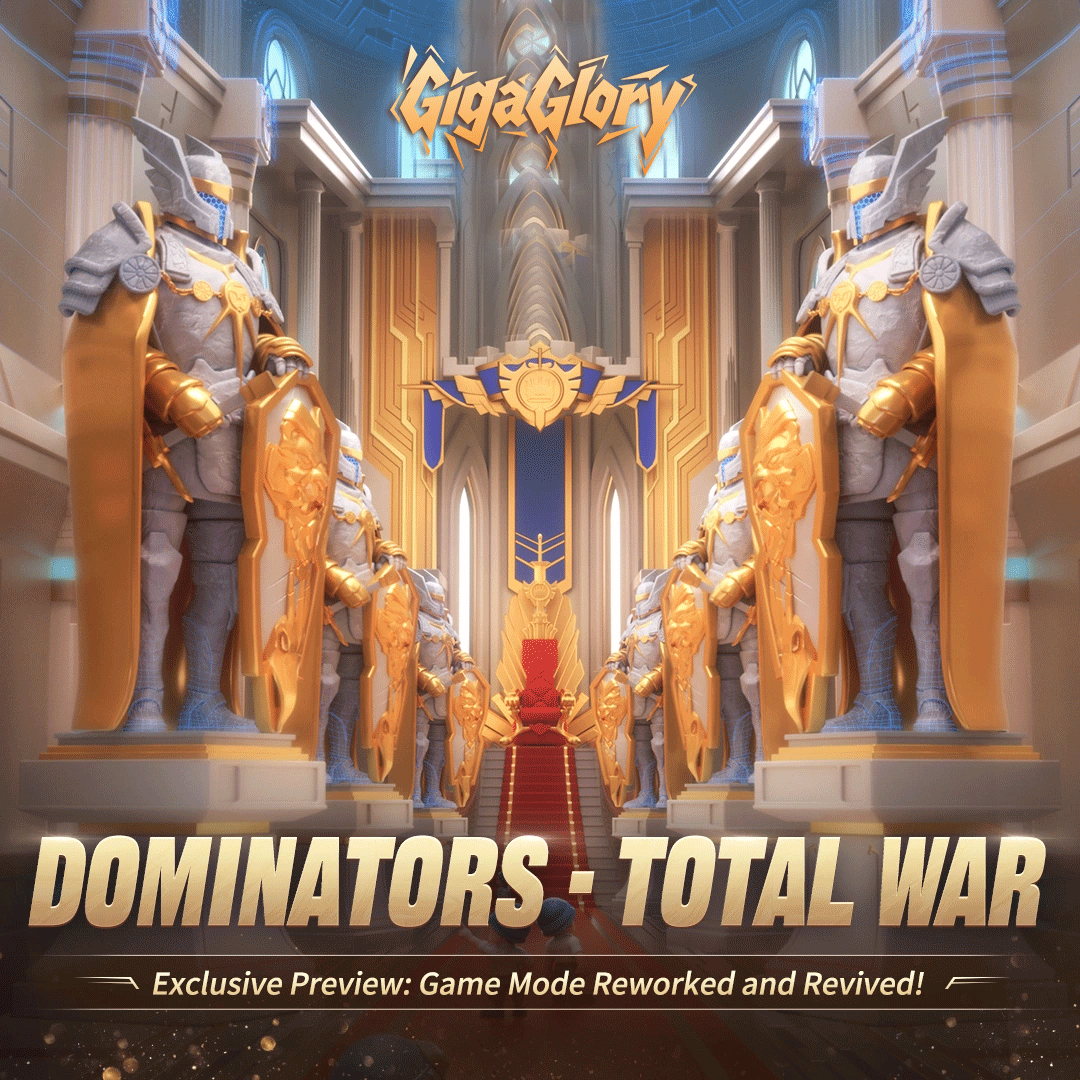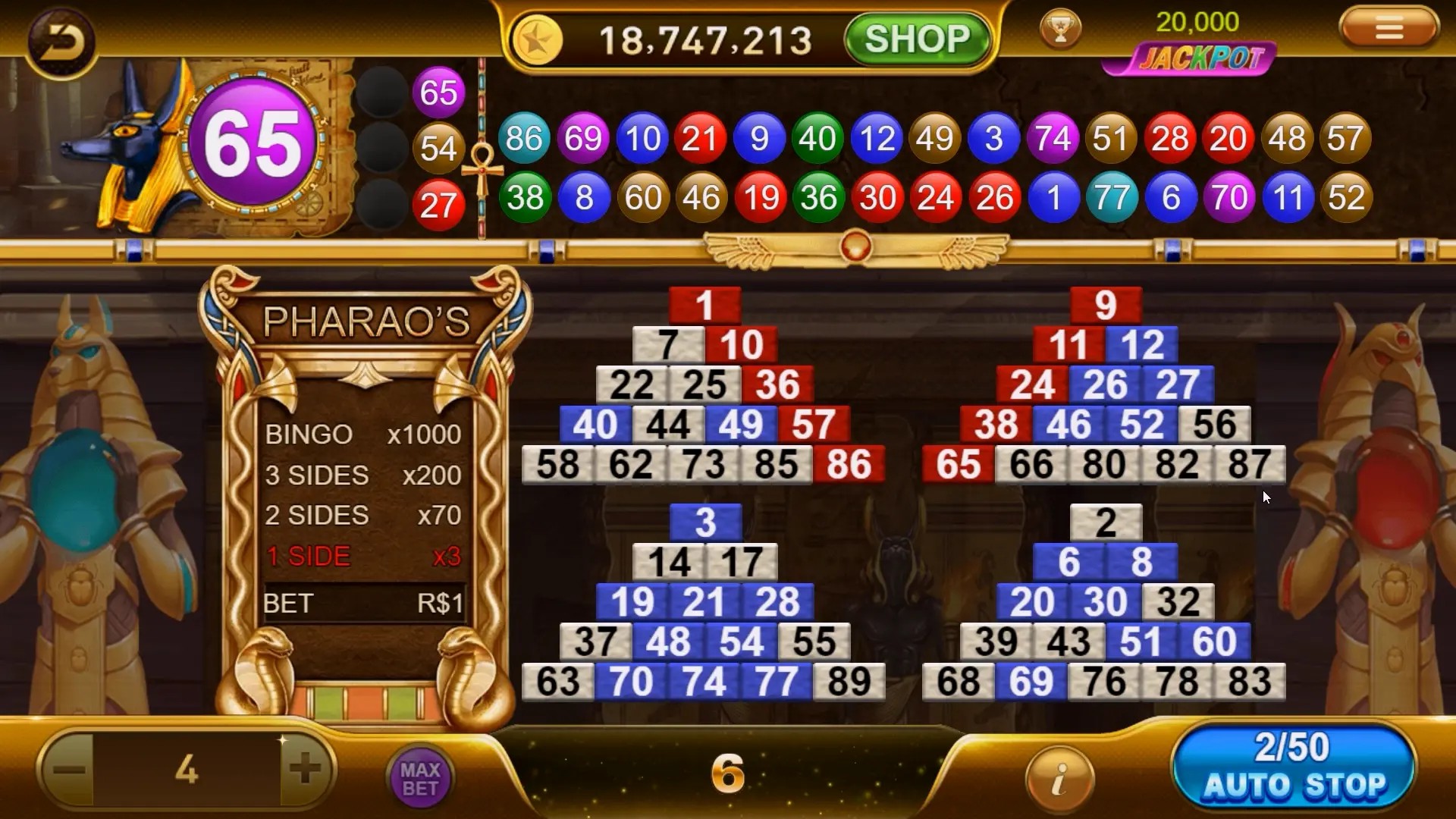Unlocking Fun: How Idle Games Transform the Open World Gaming Experience
In the evolving landscape of gaming, one genre stands out for its unique blend of engagement and relaxation: idle games. This article will dive into how these games not only entertain but also reshape the landscape of open world gaming. We will also touch on specific examples like the Tears of the Kingdom Hebra Great Skeleton Puzzle, and examine concepts such as the pipeline for Delta Force. Through various aspects, we will uncover the fun therein.
The Rise of Idle Games
Idle games, often known as clicker games, have gained significant traction in the gaming community. Their simplicity allows players to progress without constant interaction, making them appealing for diverse audiences.
Characteristics of Idle Games
- Simple Mechanics: Just click and watch the numbers go up!
- Passive Progression: Players can leave the game running and still earn rewards.
- Strategic Planning: Choosing when to upgrade or reset requires thought.
Popular Idle Games
| Game Title | Platform | Release Year |
|---|---|---|
| Adventure Capitalist | PC, Mobile | 2014 |
| Cookie Clicker | PC, Mobile | 2013 |
| Idle Miner Tycoon | Mobile | 2016 |
Open World Games: More than Just Exploration
Open world games offer vast environments for players to explore. They allow for freedom in gameplay, which meshes well with the characteristics of idle games.
Why Open World Matters
- Player freedom fosters imagination.
- Larger game worlds enhance immersion.
- Dynamic environments offer varied gameplay experiences.
Idle Games within Open Worlds
Combining idle mechanics with open world environments can lead to engaging experiences. Players can journey through expansive landscapes while accumulating resources passively.
Integration Strategies
Here are ways developers are blending these genres:
- Resource Management: Idle games often have players manage resources, fitting seamlessly into open worlds.
- Quest Systems: Incorporating quests that are solved over time allows players to engage more naturally.
Case Study: Tears of the Kingdom Hebra Great Skeleton Puzzle
In Tears of the Kingdom, players encounter the Hebra Great Skeleton puzzle, mixing traditional puzzle-solving elements with the essence of open world exploration.
Gameplay Mechanics
Here’s a breakdown of how the Hebra Great Skeleton puzzle integrates both idle and open-world elements:
- Exploration: Players search for puzzle pieces across a vast snow-covered area.
- Idle Progression: Collecting pieces can be done over time while players explore other elements of the game.
The Pipeline for Delta Force
Another concept to consider is the pipeline for Delta Force in gaming. This metaphor represents the continual development of both idle and open-world experiences.
How It Works
The "pipeline" suggests a flow of ideas, where innovative features from idle games are gradually implemented within open world formats.
Key Benefits of Combining Idle Games and Open Worlds
By merging these two genres, developers open up opportunities for new gameplay experiences:
- Engagement: Keeps players invested without time pressure.
- Accessibility: More casual players can enjoy without demanding gameplay.
Potential Challenges
While this combination offers excitement, there are hurdles:
- Player Retention: How to keep players lingering in an idle format?
- Balance: Ensuring idle mechanics don’t overshadow exploration.
Conclusion
Idle games have begun changing the landscape of open world gaming. By integrating engaging mechanics while allowing for passive gameplay, these games enhance the player experience. Whether navigating through the complexities of the Hebra Great Skeleton Puzzle in Tears of the Kingdom or relying on the pipeline for Delta Force, players enjoy moments of both challenge and relaxation.
Frequently Asked Questions (FAQs)
Are idle games suitable for all ages?
Yes, idle games often cater to a wide demographic and are generally family-friendly.
Can open world games benefit from idle mechanics?
Absolutely! Idle mechanics can create depth and strategy in open world environments.
How do idle games keep players engaged?
By providing progress that can be made even when not playing, maintaining interest over time.



